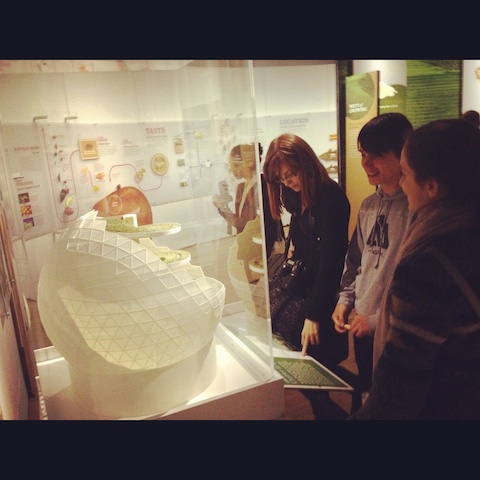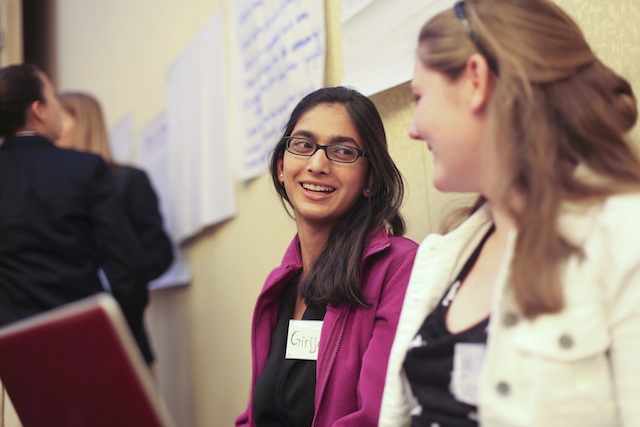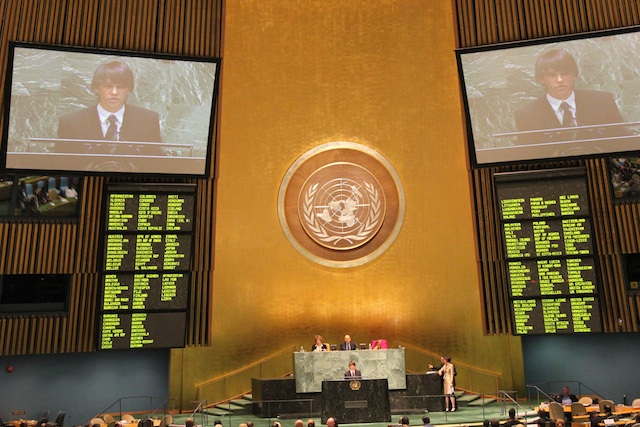2013
Surviving the Global Food Crisis:
Creating a Just and Sustainable Food System
“Every night one in seven people go to bed hungry—that’s almost 1 billion people worldwide.”
This is happening not for lack of food; it is because the global food system is broken, unsustainable and unjust. Food security exists “when all people, at all times, have physical, social and economic access to sufficient, safe and nutritious food that meets their dietary needs and food preferences for an active and healthy life.”
Despite our technological and scientific advances in agriculture, food insecurity is on the rise around the world. During this first Adolescent Summit, youth from around the world will collaborate with experts to develop the skills necessary to create and implement action plans to address the failures in the food system, in their local communities and globally.
2013 Summit Summary
The International Montessori Adolescent Summit, the first of its kind in the Montessori world, achieved all of its objectives with high enthusiasm from students and presenters, affirming the framework for what is to become an annual tradition. The emphasis on preparation in advance of traveling to New York City meant the students from Houston, Seattle, St. Paul, and Girona, Spain arrived as specialists in one category of the food system: production, processing, distribution, or consumption. In their home cities they researched and interviewed both a local and international organization working in the food system, adding relevance and real-world application to their preparation.
On the first evening, the students shared their goals and objectives for the summit with a high level of anticipation to explore the food system with their peers. Both unity of intent and community spirit were instant, true to the adolescent tendencies to form bonds and seek purpose.
The summit opened with a keynote lecture by Danielle Nierenberg, the co-founder of “Food Tank: A Food Think Tank.” She engaged them in a complex overview of the global food crisis, covering environmental degradation, aging farmers, the growth of cities and urban farming, market volatility in food prices, the physical and mental strain of producing food, and the important role youth play in cultivating a healthy food system. She painted the landscape with a broad brush.
Danielleʼs lecture served as the first phase of the inquiry approach framework (three period lesson) which guides the summit experience. The second phase, exploration, is grounded in asking Montessori adolescents a relevant and pressing question, such as “How do we create a just and sustainable food system?,” and bringing them face to face with experts working on the ground in New York City who will listen and respond to their findings. The students spoke eloquently about new technologies in sustainable agriculture, deeply connecting with alternative methods, such as biointensive farming. Others focused on the need to increase access to healthy fresh foods in urban, low-income areas, while other groups focused on connecting their school farms with food pantries and developing food education for younger students.
Experts from Slow Food NYC, Just Food, the United Nations Development Program, the Brooklyn Food Coalition, and the Farm to School Network were interviewed about the role their organizations play in implementing food programs across communities. Student groups rotated directing questions pertaining to their specific food system concentration to each expert.
Carrie Blackburn, Just Food Development and Membership Associate, was impressed with the range of knowledge the students exhibited. “They had really good specific interesting questions about areas that even I hadnʼt thought much about.” Anthony Fassio, chair of the board of Slow Food NYC said, “The students were very well prepared, which helped in facilitating the conversation. With every group I feel like we could still be talking.”
The summitʼs key components were each valuable in exposing students to the breadth of the problem along with the expanse of solutions being taken across sectors. The interviews, Danielleʼs talk, a visit to the American Museum of Natural Historyʼs Our Global Kitchen exhibit, and the student pre-summit preparation immersed students in the complexities of solving the global food crisis while engaging with people working successfully to change the system. This served as their springboard for social action.
During the final session of the Summit, the students sat tête-a-tête at round tables discussing, synthesizing, and prioritizing all they had learned into a final document representative of their collective knowledge. They will use their Consolidated Recommendations to kick-start their local action plans upon returning to their home communities.
From the iconic podium in the United Nations General Assembly, the Adolescent Summit student representative read the collective recommendations on how to create a just and sustainable food system. This moment highlighted the profundity of the global food crisis and the seriousness with which these adolescents approach finding solutions.
For a slideshow of images from the Adolescent Summit 2013, click here.




